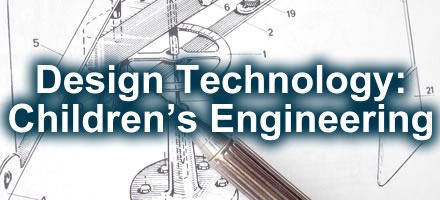
Lesson 4: Properties of Materials

A key concept in engineering concerns the properties of materials. What something is made of, how it is made, and how it interacts with other materials and substance determines how the material can be used.
By second grade, most children have experience with floating and sinking. In this lesson, students will learn to make things ‘flink’, meaning they neither float to the top nor sink to the bottom of a fluid. They will discover that whether an object floats or sinks depends not only on the properties of the object itself, but also on the properties of the fluid (either gas or liquid) in which it is situated. The “pull” of gravity on an object must counteract the “push” of buoyancy on an object in order for the object to sink. Similarly, the “push” of buoyancy on an object must overcome the “pull” of gravity in order for an object to float. Equilibrium is achieved when the two forces are even.
NOTE: these activities require a triple beam balance to use for measuring weight. One per group of students is ideal but in many elementary schools, few are available. Borrowing several from a nearby middle or high school is a possibility. Another possibility is to use a digital gram scale, or to do the activities as centers, or use bucket balances instead.
A. Established Goals
NCSCOS Grade 2
COMPETENCY GOAL 2: The learner will conduct investigations and use appropriate tools to build an understanding of the changes in weather.
2.1 Investigate and describe how moving air interacts with objects.
2.2 Observe the force of air pressure pushing on objects.COMPETENCY GOAL 3: The learner will observe and conduct investigations to build an understanding of the changes in properties.
3.1 Identify the three states of matter
- Solid
- Liquid
- Gas
3.4 Show that solids, liquids and gases can be characterized by their properties.
B. Understandings
1. Students will understand that...
- All objects and substances, including fluids (gases and liquids) have properties that can effect how they interact with each other.
- Whether an object floats or sinks depends not only on the properties of the object itself, but also on the properties of the fluid in which it is situated.
2. Students will know...
- Gravity is the downward force that “pulls” objects towards the earth.
- Buoyancy is the upward force of a fluid that “pushes” up on an object.
- Equilibrium exists when objects or forces are in a state of balance.
- Weight and density are related but not the same.
3. Students will be able to use a triple beam balance to measure weight.
C. Essential Questions
What properties or characteristics determine whether an object will float or sink?
A. Performance Task
Students will use their knowledge to create a new toy that ‘flinks’. (They can actually make it or just draw/write about it.) Students will draw or write an ad for the toy that shows how and why it works. Students will be assessed on the clarity of their explanations, the correct use of words from the word bank.
B. Other Evidence
Data Sheets from activities
Observations
Time required for the activities in this lesson
- Floatless Boats 45-60 minute session
- Measuring Weight 45-60 minute session
- Balloon Flinkers 45-60 minute sessiona
- Floatless Boats
- Measuring Weight
- Balloon Flinkers
All activity plan information is available in the "All Lessons Plans" link in the Supplemental Files section of this page.

